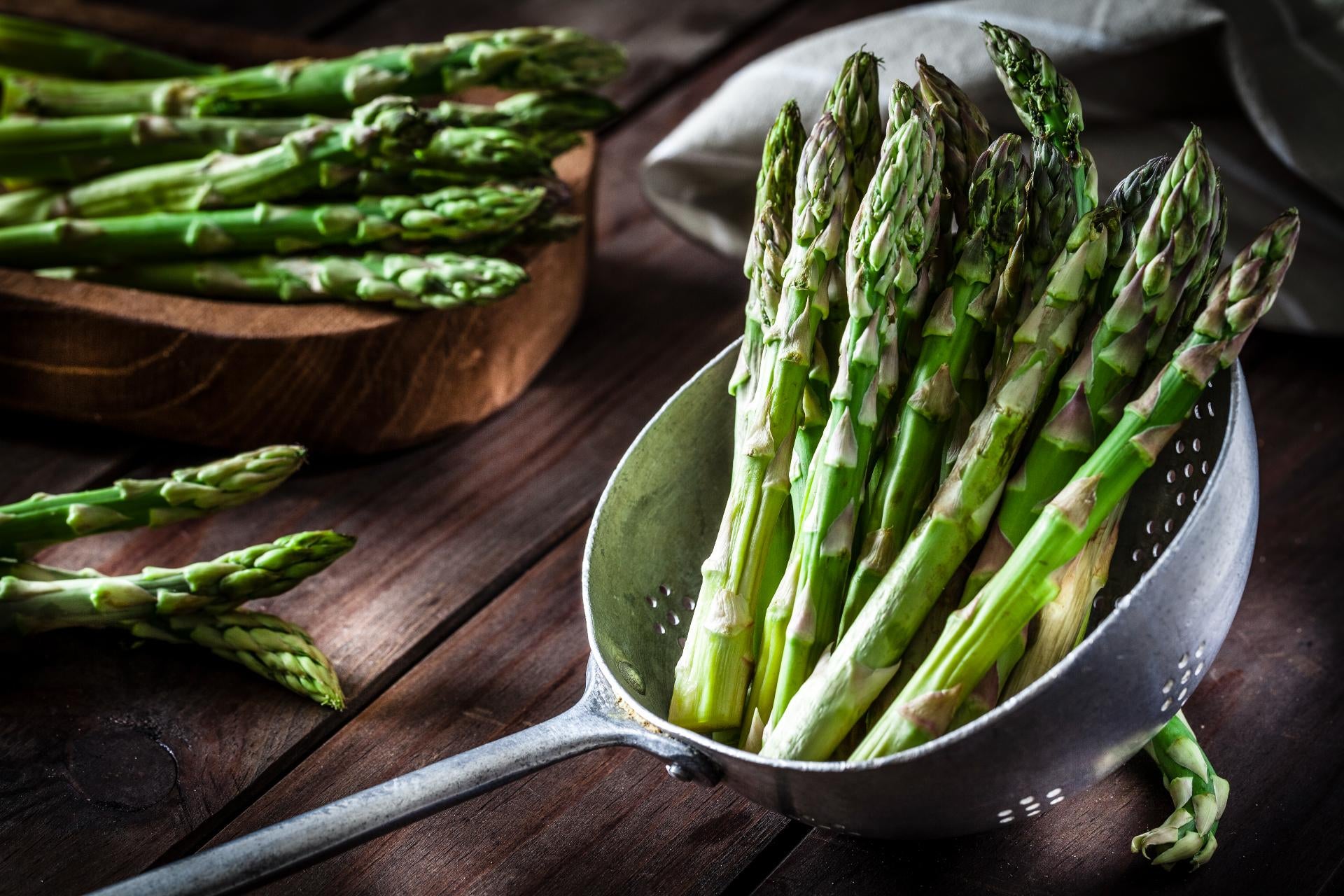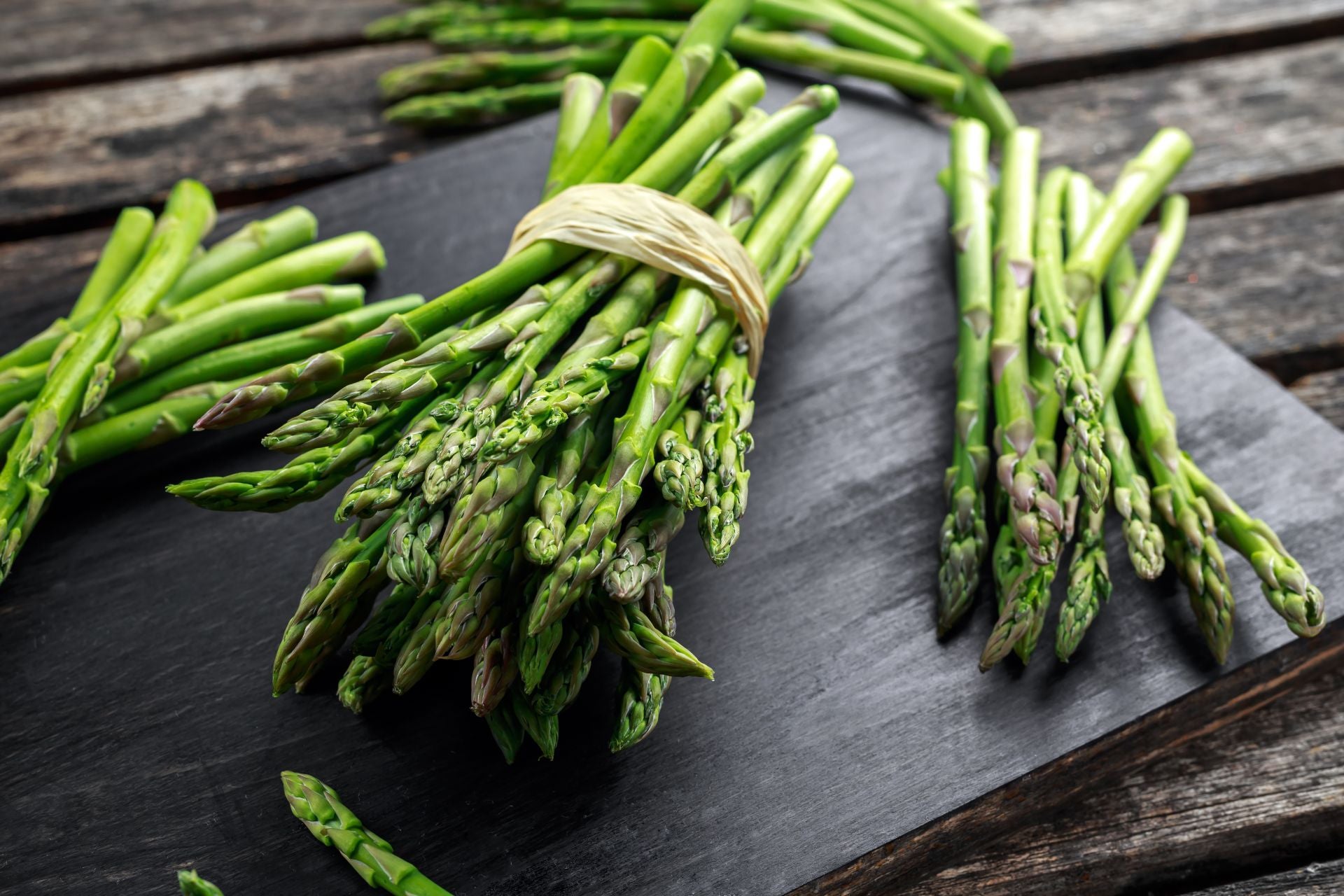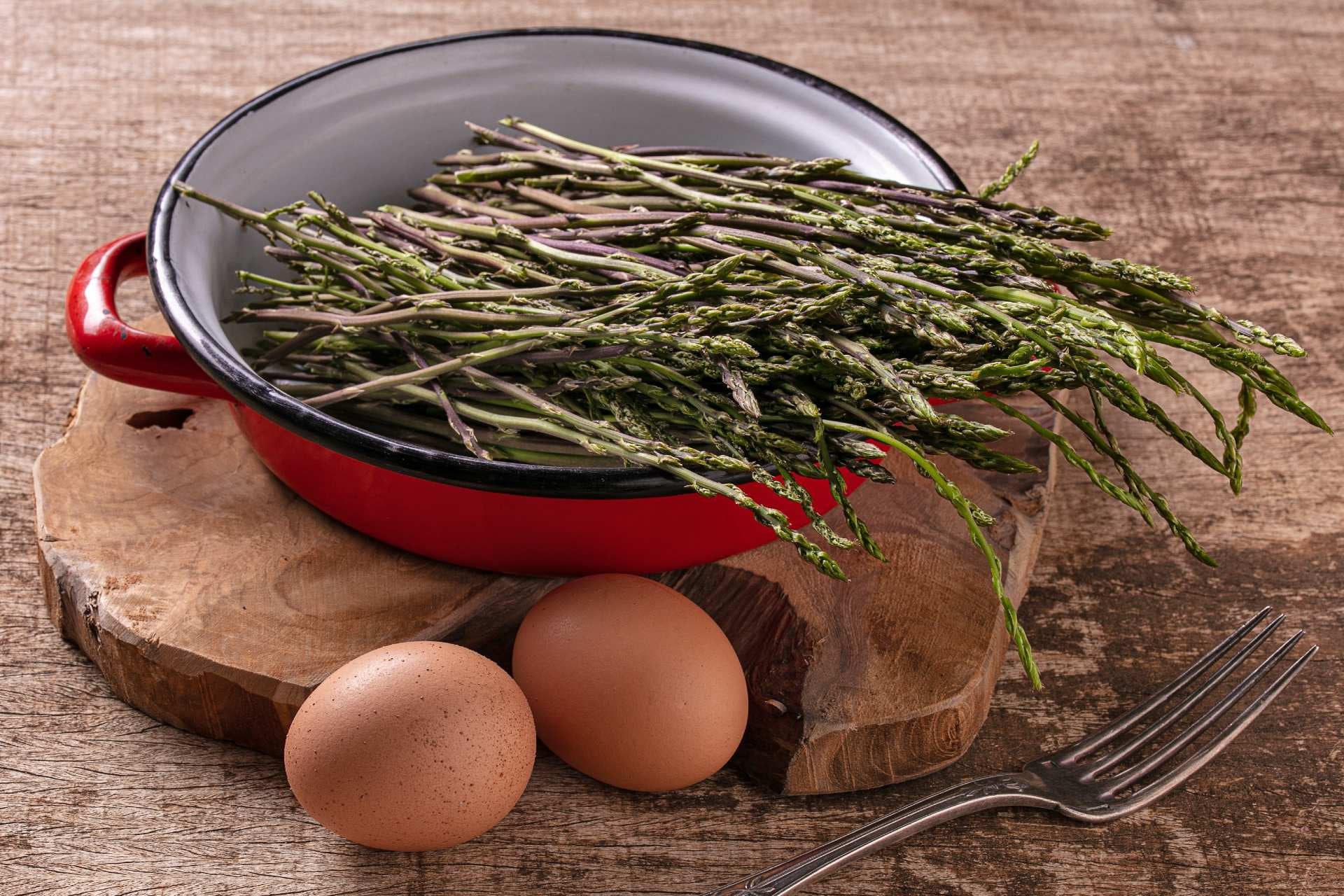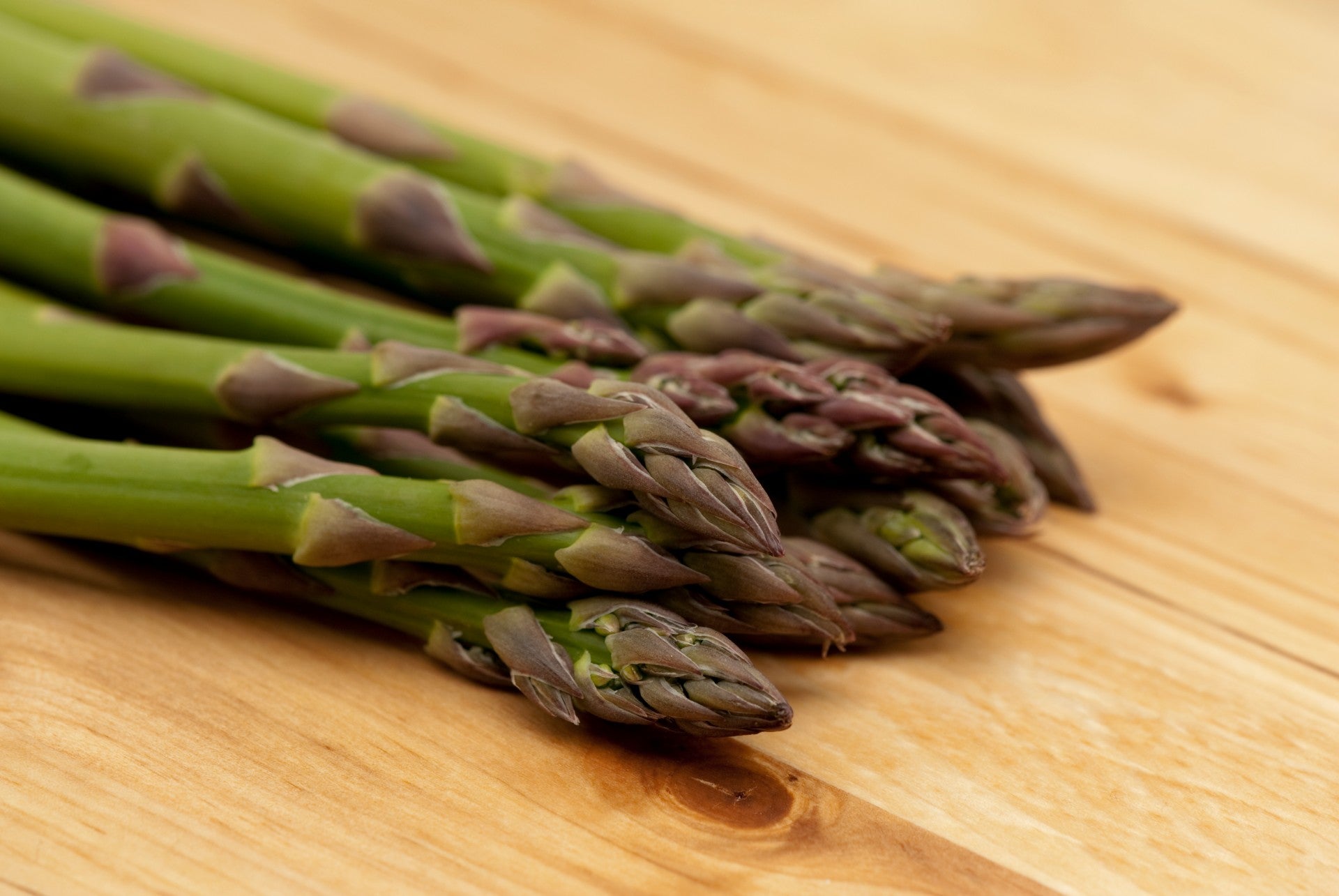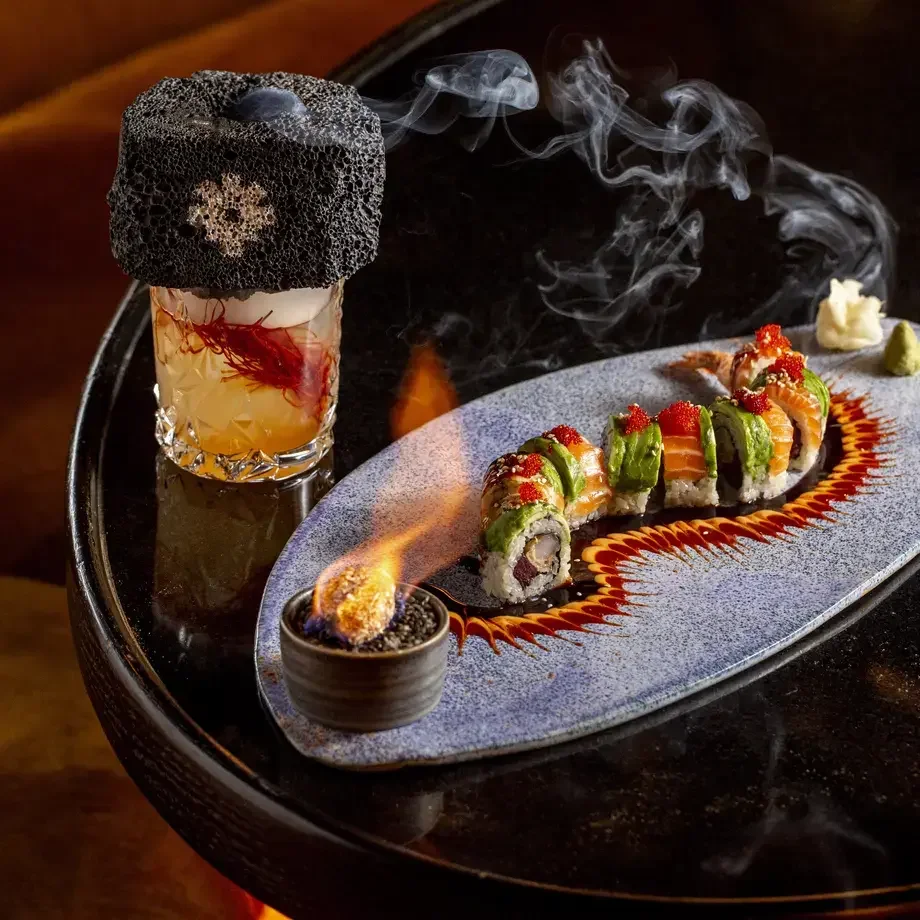Purple asparagus is originally from the Liguria region of Italy but is now also grown in many other countries. Purple asparagus gets its colour from high levels of anthocyanins, chemical compounds commonly found in vegetables and other plants. Purple asparagus is mild in flavour but sweeter and nuttier than green asparagus as it has a higher content of natural sugars than other asparagus varieties. When cooked, purple asparagus loses its colour and resembles a blend of artichoke and almonds.
The stalk thickness of purple asparagus can vary. Thick stalks tend to be woody, pungent, meaty, and fibrous, while thin stalks are soft, tender, and crunchy.
Purple asparagus comes in three main varieties: Pacific Blue, Purple Passion and Erasmus.
The Pacific Purple variety, originally from New Zealand, is high yielding, sweeter and much more tender than the green asparagus varieties. Pacific Purple also has a significantly lower fibre content which means it can be eaten both raw and cooked almost whole.
The Purple Passion variety is grown in California and has specks of green on its purple crowns. It is considered a connoisseur's selection of asparagus with a refined sweet flavour which becomes mildly nutty when cooked.
The Erasmus variety has a deep purple hue. The first unique purple 100% male purple asparagus in the world. Sweet taste, to be eaten raw or stir-fried.
Wild asparagus



